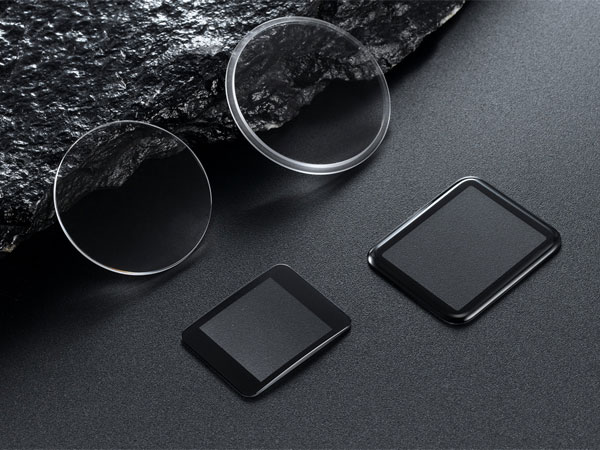

Time:2024-12-10
The progress of materials science is quietly changing the face of various industries, especially for high-precision systems that require continuous operation in extreme environments. The selection of materials is a key factor related to system stability and lifespan. Sapphire lenses are gradually demonstrating their extraordinary ability to significantly extend system life in harsh environments, thereby playing a role in reducing costs and improving efficiency.
1、 The unique advantages of sapphire lenses
The high hardness characteristic of sapphire enables sapphire lenses to exhibit high resistance to scratches and wear, even in harsh environments such as sandstorms and industrial dust, maintaining a smooth and undamaged surface, ensuring that the clarity and accuracy of the optical system are not affected. In addition, sapphire also has excellent high temperature and corrosion resistance, and can operate stably for a long time in extreme temperature changes and highly corrosive media. This is undoubtedly an ideal choice for high-precision instruments in aerospace, deep-sea exploration, chemical production and other fields.

2、 Practical cases of extending system lifespan
Taking the aerospace industry as an example, key equipment such as sensors and laser rangefinders on airplanes often integrate high-precision optical systems internally. During high-speed flight, airplanes not only have to withstand enormous aerodynamic pressure, but also face extreme temperature differences and complex and variable weather conditions. Sapphire lenses, with their mechanical strength and chemical stability, ensure the stability and reliability of optical systems under extreme conditions, significantly extending the overall lifespan of the system.
In the field of deep-sea exploration, the cameras and lighting systems carried by deep-sea submersibles also face enormous challenges. The high pressure and low temperature of deep-sea environments, as well as the strong corrosiveness of seawater, place high demands on lens materials. Sapphire lenses have become the preferred choice for deep-sea exploration equipment due to their excellent pressure resistance and corrosion resistance. It can not only clearly capture the organisms and geological structures in the deep sea, but also maintain stable performance during long-term operations, reducing maintenance costs and downtime caused by lens damage.
3、 Cost benefit analysis
Although sapphire lenses have a high initial investment cost, their long-term benefits cannot be ignored. Firstly, by significantly extending the lifespan of the system, the costs incurred due to frequent component replacement and system maintenance have been reduced. These costs often include spare parts procurement, manual maintenance, downtime losses, and other aspects, which are significant expenses for large enterprises, especially those industries that rely on high-precision equipment. Secondly, the excellent performance of sapphire lenses also improves the reliability and stability of the system, reducing production accidents and safety risks caused by equipment failures, thereby creating greater economic and social value for enterprises.
The ability of sapphire lenses to significantly extend system life in harsh environments not only reflects the tremendous progress in materials science, but also brings tangible cost reductions and efficiency improvements to various industries. With the continuous development of technology and the deepening promotion of applications, sapphire lenses will shine brightly in more fields and become an important force in promoting technological progress and industrial upgrading.






Tel
Mobile phone
Customer service
TOP